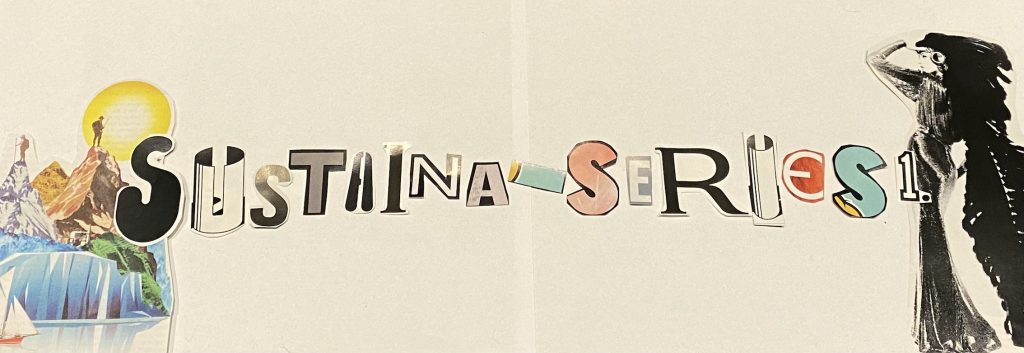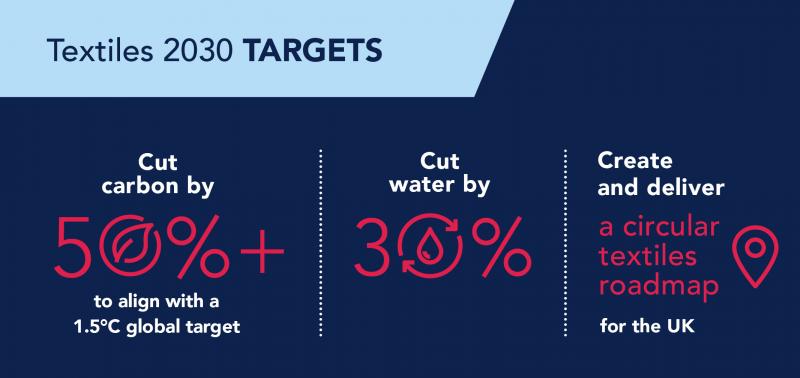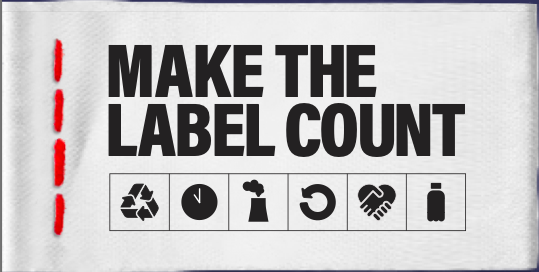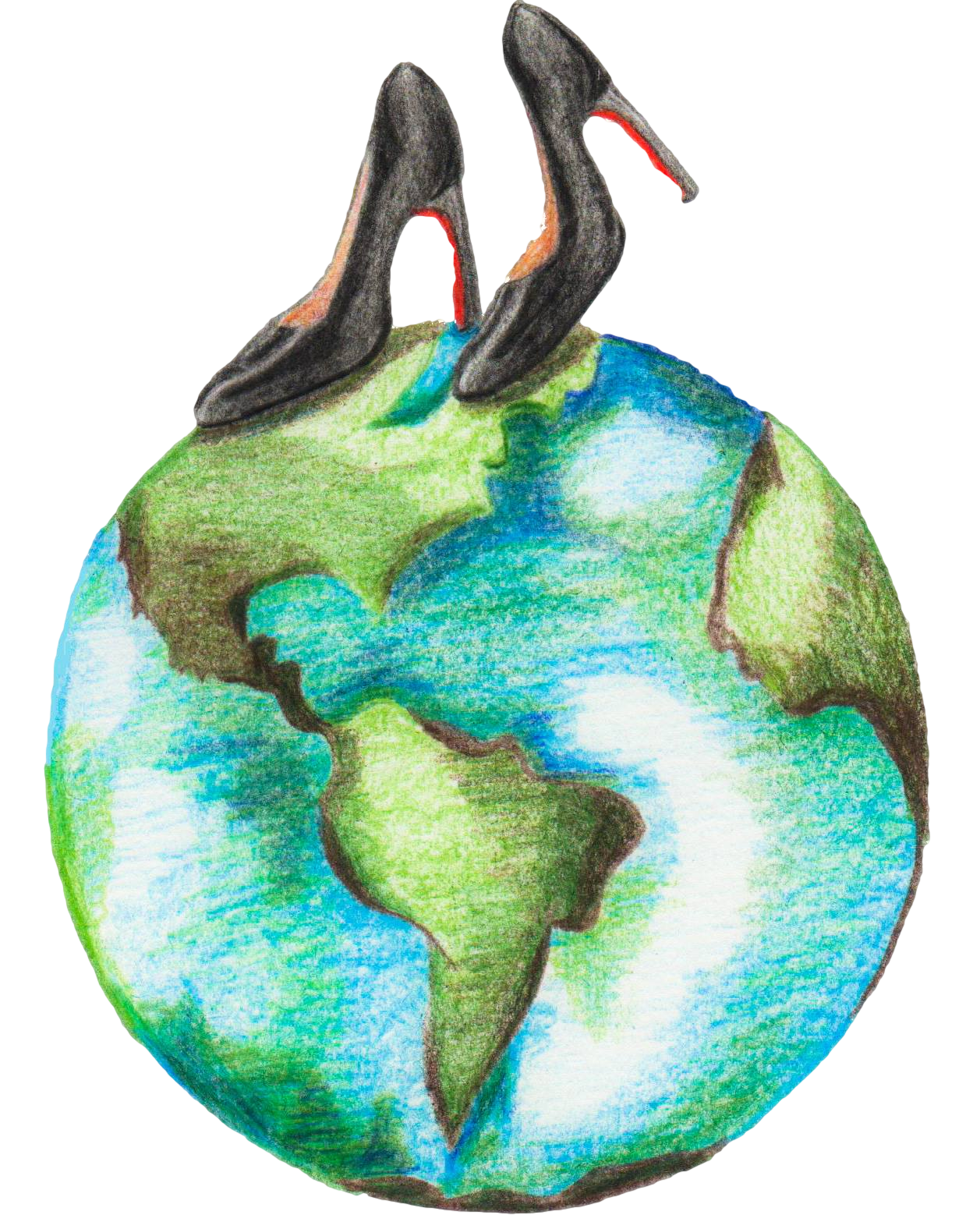
The increasing awareness of the fashion industry’s impact on the environment has catapulted the term ‘sustainable’ onto everyone’s lips. ‘Sustainability’ has become a tagline that brands use to lure in eco-conscious buyers seeking reassurance that they can shop without causing lasting damage to the planet. In reality, the word ‘sustainable’ encompasses many different concepts and so it is certainly not the case that just because an item is labelled as ‘sustainable’ that means it is good for the planet. In a mini two-part ‘sustaina-series’, I look into what is meant by ‘sustainable’, what is out there in terms of regulation (part 1) and what this means for us as consumers (part 2).
What does ‘sustainable fashion’ mean?

Dictionary definitions for ‘sustainable’, ‘green’, ‘ethical’ and ‘eco-friendly’ are vague: sustainable is defined as “causing, or made in a way that causes, little or no damage to the environment and therefore able to continue for a long time” in the Cambridge Dictionary. The UN World Commission on Environment and Development’s report “Our Common Future” (1987) offers a more helpful starting point as it describes ‘sustainable development’ as meeting “the needs of the present without compromising the ability of future generations to meet their own needs.” We can see how the focus on the planet becomes important here, as in order to achieve sustainability as a goal, we need to keep thinking about the impact of our actions on future generations. Investopedia breaks sustainability down into three key pillars: economic (profits), environmental (planet) and social (people). Looking through the fashion lens, sustainable development would involve finding ways to harmonise these three pillars and ensure that the current role of the fashion industry and lifecycle of textiles does not impair the profits, planet and people of the future. We are clearly still on this journey.
The UN’s concept of sustainability is still very broad and even when narrowed down to the lifecycle of a garment, e.g. ensuring that it is constantly re-purposed, there are few mandatory regulations specifying how this is to be achieved. Perhaps as a result, those in the industry have come up with best practice and guidelines themselves. For example, Reformation list its fiber standards on its website (the Ref fiber standards) to categorise the types of raw materials used in its garments: these range from ‘Category A (All stars)’ to ‘Category N/A (Never used (unless under 10% of content)’. While commendable and pioneering, the question may arise as to whether this can easily become a self-fulfilling exercise where it is possible for brands to present their products as sustainable because they cause “little or no damage to the environment” according to their own guidelines.
Greenwashing

Due to the broad nature of sustainability the average consumer is still largely reliant on brand transparency to determine which products are ‘sustainable’, absent of doing their own in-depth (and time consuming) research prior to purchasing an item. Brands can for this reason be selective in what they present to consumers and, together with clever advertising, direct buyers to exactly what they want to portray. By focusing heavily on a part of the business that is sustainable, such as the use of recycled materials, consumers are directed away from any questionable or unethical practices that may be occurring within the same business. This is known as greenwashing.
The UK’s Competition and Market’s Authority (CMA) found that 40% of green claims made by organisations online in various sectors including clothes, cosmetics and food could be misleading. On 20 September 2021 the CMA published its Green Claims Code where it will clamp down on greenwashing (under existing consumer protection law). At the start of next year, the CMA will carry out a full review of misleading green claims (online and offline) and is prioritising the textiles and fashion sector (as well as the food and beverages and travel and transport sectors).
Voluntary action

Currently, action to address fashion’s impact of the planet is mainly being undertaken voluntarily. For example, there is an EU system called EcoLabel which outlines best practice for brands; brands submit an application and if they meet the approved criteria they receive an Eco Label certification.
The UK government is also working with WRAP, a sustainability charity, in building a Textiles 2030 Roadmap, to which businesses can become signatories and pledge to reduce their carbon impacts by 50% and water impacts by 30%. Signatories include ASOS and Primark so there seems to be hope yet.
It’s not all doom and gloom – there is regulation coming

The increased focus on meeting environment targets means that authorities are taking note. Here are a few initiatives in the UK and EU which impact the fashion industry:
1. CMA’s Green Claims Code, mentioned above.
2. Waste Prevention Programme – the UK government launched a consultation on its Waste Prevention Programme, which closed in June this year, amid its strategy to reduce waste across all industries (including textiles) and their findings that around 530,000 tonnes of clothing, shoes, bags and belts are sent to landfill and incineration each year in the UK alone (!). In the consultation document the government proposed to use its powers under the Environment Act (which came into force on 15 November 2021) to set minimum standards for textile products and waste collections as well as introduce its own requirements for product labelling. The Environment Act does not currently mention textiles or clothing waste specifically but since resource efficiency and waste reduction is part of the priority areas, we may see more action being taken against the fashion industry. We are still awaiting the consultation response and the final waste prevention programme.
3. EU’s Product Environmental Footprint – from 2023, clothes and shoes sold in the EU will have to bear colour-coded traffic light labels that outline the product’s environmental footprint. This is part of the EU’s Product Environmental Footprint (PEF) campaign to ensure a standardised system of verifying environmental claims and create more transparency for consumers. While this is laudable, there has been push-back from certain campaigners such as Make the Label Count, who are arguing that the PEF method for determining ‘green’ labels (i.e. better for the environment) do not consider the full lifecycle of a garment with the result being that natural fibre products score lower than synthetics. This is still under consideration so watch this space.
Three key takeways
Appreciating this is a more information-heavy post than what I usually publish, I congratulate you on getting this far! Three things to bear in mind are:
1. Sustainable development involves considering the needs of future generations.
2. Sustainable means lots of different things, so watch out for greenwashing.
3. Sustainability is being looked at more carefully by authorities so the regulatory landscape may well change drastically.
In the next post I’ll be focusing on what this means for consumers like us. Stay tuned!
IMAGES:
What Do These Fashion Sustainability Buzzwords Really Mean? – Refinery29
Green claims – HM Government
Textiles 2030 Roadmap – WRAP
Make the Label Count
